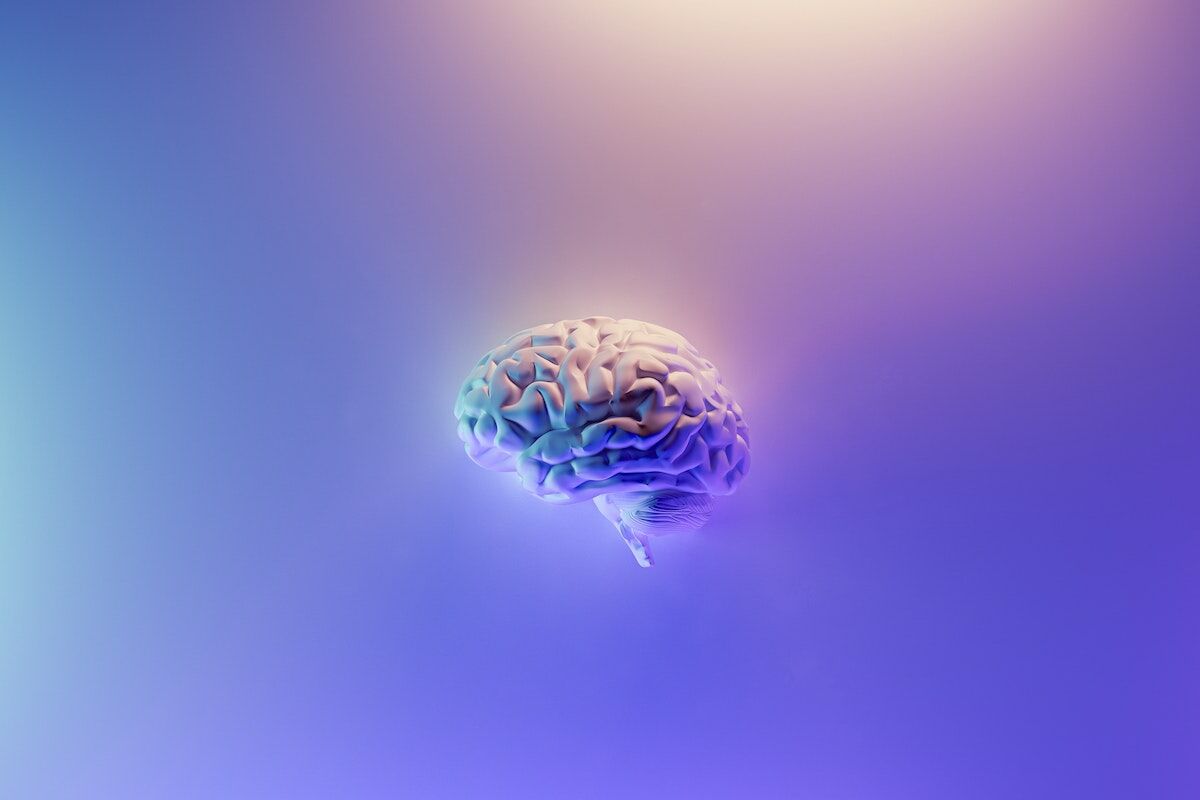–
Researchers have found that the region where our impulses come from is different from where they are stopped — something that could have implications for future research into Parkinson’s and Huntington’s diseases.
Impulse control is not simple. The ability to wait for the start whistle in a race, for example, shows our ability to cancel out the impulse to move forward, as highlighted by the Public.
The impulse is locked in one of the neuronal pathways located in the basal ganglia of our brain. In these ganglia we have two main neuronal pathways: direct and indirect.
It is in the indirect neuronal pathway that the process of stopping an impulse takes place, but the idea that these two neuronal pathways are crucial in our intention to act or not to act is not recent.
Researchers already believed that the direct route reinforced the impulse to act and that the indirect route nullified this will. In 2016, a team from the Champalimaud Foundation demonstrated that stimulation of the direct basal ganglia pathway reinforced the action in rats used for this study.
Another team at the foundation is now targeting the two neuronal pathways. The results of the new study, published in the scientific journal Nature, explain better the way how momentum is managed in our neural networks.
This new investigation also sheds light on studies of pathologies with motor symptoms, such as Parkinson’s and Huntington’s diseases.
In addition to the role of the indirect neuronal pathway in controlling impulsivity, scientists have made another discovery: it is in the dorsomedial striatum — a region of the basal ganglia associated with cognition — that impulses originate.
The striatum is where the direct and indirect neuronal pathways send information to other regions of the basal ganglia themselves. At the same time, two pieces of information are sent: one to create an impulse, the other to stop that impulse.
After working with mathematical models, the team moved on to experiments on rats, inhibiting the transmission of information from the direct pathway in the dorsomedial striatum: the animals changed their behaviordecreasing the impulses.
Joseph J. Paton, researcher who led the team’s study, explained in an interview with Público that our daily lives are full of situations in which we have to control our impulses.
“From a child at school who wants to answer a question from the teacher, but must wait until he is called, to someone who wants to inhibit the urge to eat sweets because he knows he will feel bad afterwards, there are countless examples in which we have in control conflicts between a multiplicity of wills”, emphasizes Paton.
But thinking from an opposite perspective, in these impulses we were also able to allocate some of the symptoms of diseases such as Parkinson’s or Huntington’s, two of the examples mentioned by the team of scientists.
“Parkinson’s disease is largely caused by the death of cells that use dopamine, a neurotransmitter involved in this disease. These cells send information through direct and indirect pathways, which use different dopamine receptors”, emphasizes Paton.
In the case of people who have the disease, the indirect pathway becomes more active and stops, for example, the impulse of movement.
“When subjects recover the ability to move and the indirect pathway returns to the original levels of activity, the same does not happen with the direct pathway”, explains Paton, adding that this can be a new investigation target for the treatment of Parkinson’s disease.
The researcher also indicated that the new study may have implications for other diseases that have symptoms related to impulses.
“It is interesting to think about other diseases, such as Tourette’s disease, obsessive-compulsive disorder or attention deficit hyperactivity disorder. Despite being more cognitive, they also involve the deregulation of this balance between promoting and inhibiting behavior“, highlights.
“It is important that we begin to think more about the various possibilities, which can even explain some data that are difficult to understand. We tend to think in a very linear way and it’s hard to think that we can have multiple ways of acting”, concludes Paton.
–
–
iframe {
width: 100%;
height: 50px;
}
@media (max-width:768px) {
#div-gpt-ad-1636041887715-0 {
margin: initial;
}
}
]]>
–


